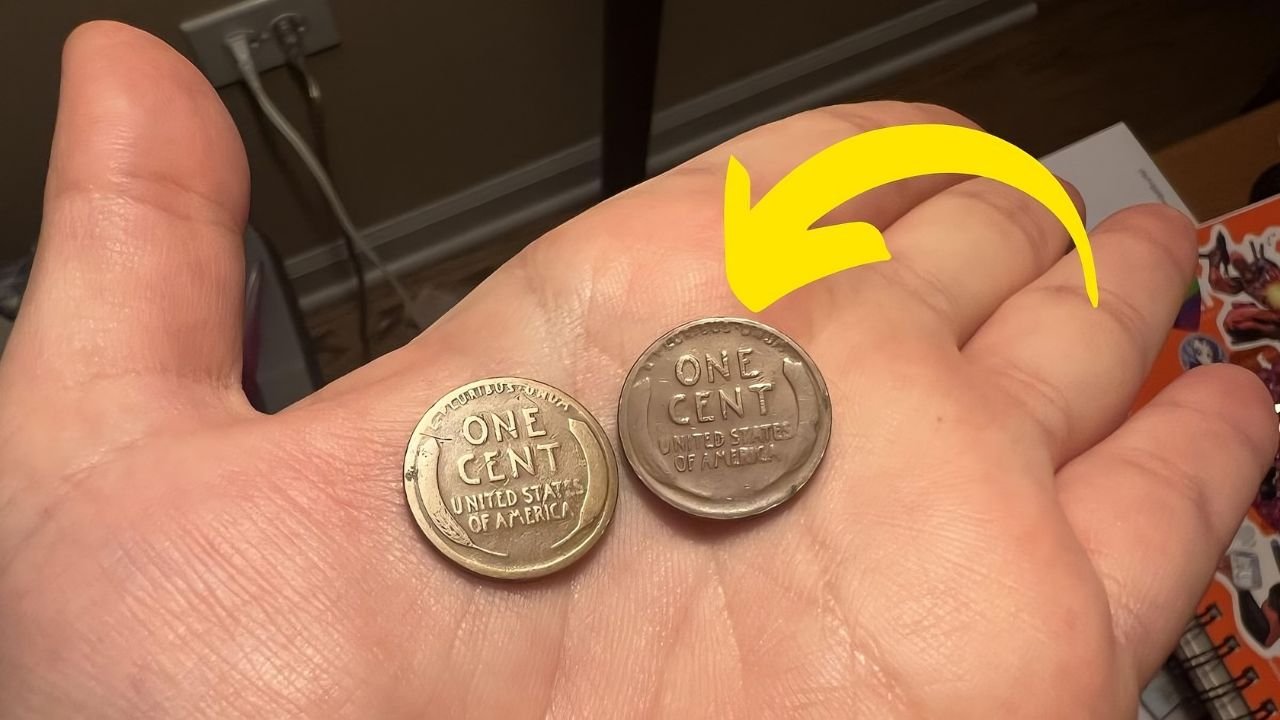Lincoln: Have you ever tossed an old penny into a jar, only to later read headlines claiming a simple Lincoln Wheat Penny could be worth $3 billion? It sounds unbelievable—and it is. But while no Wheat Penny is truly worth billions, some are still rare and valuable enough to fetch life-changing sums. Let’s explore the truth behind the myth and what you should look for in your change.
What Is a Lincoln Wheat Penny?
The Lincoln Wheat Penny, also known as the Wheat cent, was minted between 1909 and 1958. It features Abraham Lincoln’s profile on the front and two wheat stalks on the back. Billions were produced, and most are worth only a few cents today. However, a handful of rare varieties and minting errors make certain coins extremely valuable.
The $3 Billion Claim: Fact or Fiction?
The idea that a single Wheat Penny could be worth $3 billion is pure exaggeration. No coin in history has ever sold for anything close to that figure. The most expensive Wheat Pennies have sold for hundreds of thousands to a little over $1 million in rare cases.
The most famous example is the 1943 bronze error penny, accidentally struck in copper when pennies that year were supposed to be made of steel. A few of these mistakes slipped into circulation, and they are among the most sought-after coins in U.S. history. One such penny sold for nearly $1.7 million.
That’s incredible, but still nowhere near billions.
What Makes a Wheat Penny Valuable?
Not all Wheat Pennies are equal. Here are the key factors that determine value:
Rarity – Pennies from years with very low production numbers are more valuable.
Errors – Misprints, wrong metals, doubled designs, or missing mint marks can turn an ordinary coin into a collector’s treasure.
Condition – Coins that have barely circulated, showing sharp details and little wear, are worth far more than well-worn examples.
Historical Significance – Early issues, like those from 1909, hold special appeal for collectors.
Key Dates and Rarities to Watch For
1909-S VDB – One of the rarest and most famous early Wheat Pennies.
1914-D – Hard to find, especially in good condition.
1922 “No D” – A mistake from the Denver Mint where the “D” mint mark was left off.
1943 Bronze Error – The legendary copper coin accidentally struck in a year when pennies were supposed to be steel.
1955 Doubled Die – Features a dramatic doubled image of the date and lettering, visible even to the naked eye.
Each of these can be worth hundreds to thousands of dollars—or more—depending on condition.
How to Check Your Change
Examine the Date and Mint Mark – Look closely at the year and the small letter under the date (S, D, or no mark).
Look for Errors – Doubling, unusual coloration, or missing details could signal a rare coin.
Check the Condition – The sharper the details, the better. Coins that look almost new are the most valuable.
Get an Expert Opinion – If you think you have something special, send it to a professional grading service for authentication.
The Truth Behind the Myth
While no Lincoln Wheat Penny is worth $3 billion, the excitement around this myth keeps the hobby alive. It reminds us that even the smallest coins in our pockets can hold history—and sometimes, serious value.
So, the next time you dig through your change, take a closer look. You may not find billions, but you just might uncover a coin worth thousands.
